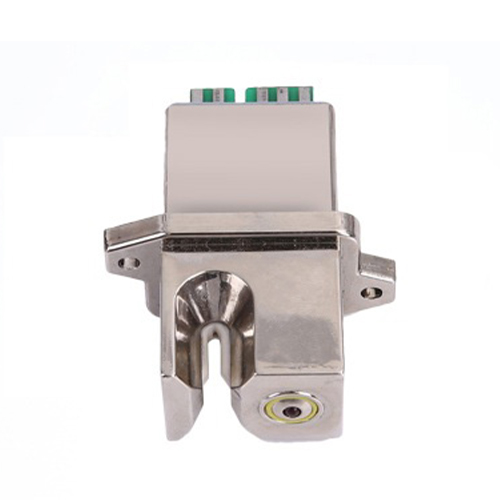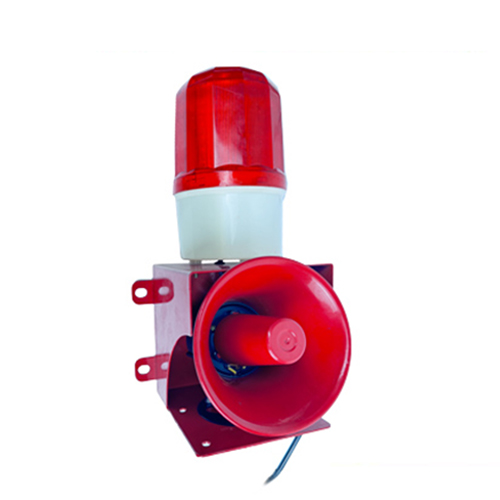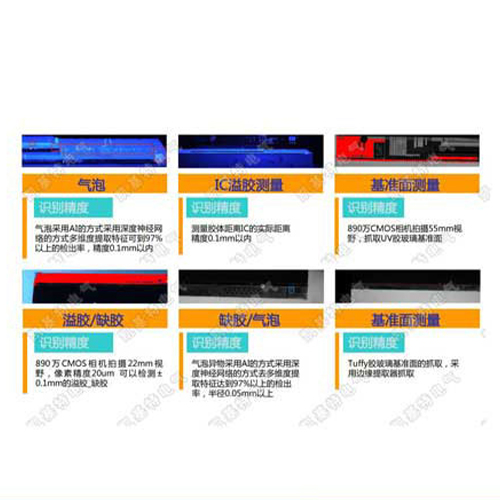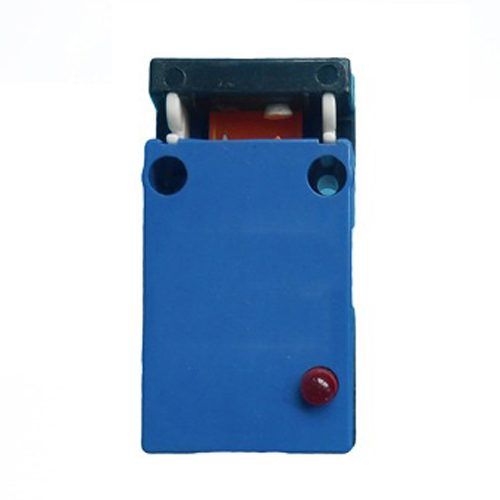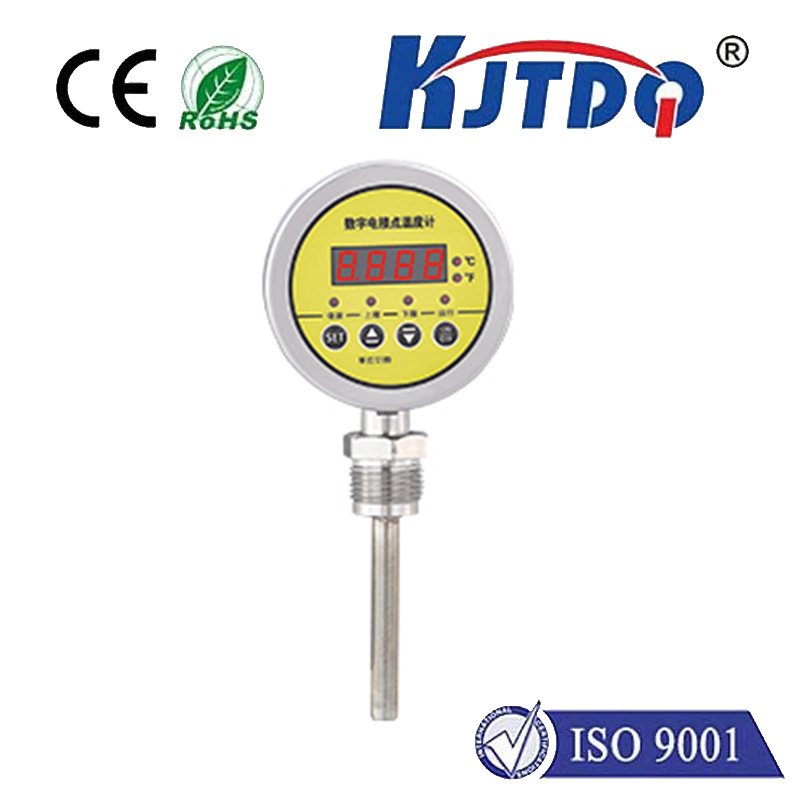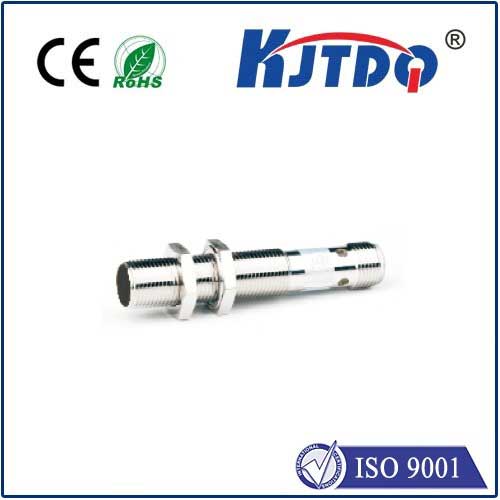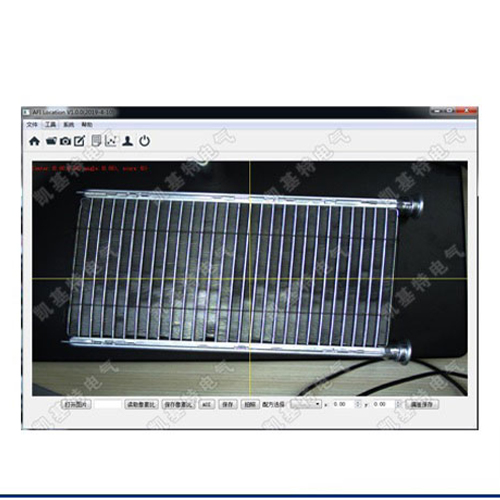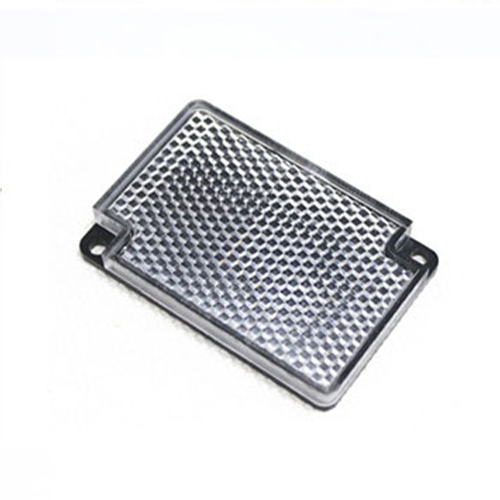s41 hall sensor
- time:2025-08-23 01:48:47
- Click:0
Decoding Precision: Your Essential Guide to the S41 Hall Effect Sensor
Imagine the silent, relentless hum of a modern factory floor. Robotic arms execute movements with micron-level precision, conveyor belts glide seamlessly, and high-speed motors spin under immense loads. Ensuring this intricate dance remains flawlessly synchronized demands constant, reliable feedback on position and movement – often invisible to the human eye. Enter the unassuming yet critical hero: Hall effect sensors. Among these, the S41 Hall sensor emerges as a frequent workhorse, prized for its robust performance in demanding industrial landscapes. What makes this specific component such a cornerstone of modern control systems?
At its core, the Hall effect sensor thrives on a fundamental principle of physics. When a conductor (or semiconductor) carrying current is exposed to a perpendicular magnetic field, a voltage differential – the Hall voltage – appears across it. Hall sensors, like the S41, cleverly harness this phenomenon. They incorporate a Hall element alongside sophisticated signal conditioning circuitry. This integrated approach allows them to translate the presence, absence, or even the strength and polarity of a magnetic field into a clean, easily interpretable electrical signal – typically a digital on/off switch or an analog voltage proportional to the field. This elegant simplicity underpins their vast utility.

So, why does the S41 designation frequently stand out in datasheets and BOMs (Bills of Materials)? While technical specifications can vary slightly between manufacturers, the S41 Hall sensor typically embodies several key characteristics essential for industrial reliability:
- Robust Digital Output: Most commonly configured as an open-collector or open-drain digital switch. This provides a crisp, unambiguous (ON/OFF) signal crucial for precise position detection and timing.
- Industrial-Grade Endurance: Engineered to thrive in challenging conditions. Expect wide operating voltage ranges (commonly 3.8V to 24V or higher) and extended temperature tolerance (-40°C to +125°C or +150°C is typical), ensuring stability amidst power fluctuations and environmental extremes common on factory floors or within automotive engines.
- Unipolar or Omnipolar Switching: S41 sensors are often available in different magnetic response types. Unipolar versions activate only with a single magnetic pole (e.g., South pole) approaching the marked side, simplifying alignment. Omnipolar types respond to either North or South pole proximity, offering greater mounting flexibility in certain applications.
- Built-in Protection: Recognizing the harsh realities of industrial electronics, S41 Hall sensors usually incorporate vital safeguards. Reverse polarity protection prevents damage from accidental power supply reversal, while output short-circuit protection guards against wiring mishaps. Overvoltage protection adds another layer of resilience.
- Solid-State Reliability: With no moving parts to wear out, Hall sensors offer inherent long-term reliability and minimal maintenance requirements compared to electromechanical switches or reed relays.
The true power of the S41 Hall sensor lies in its ubiquitous applications:
- Revolutionary Speed: Mounted near a rotating ferrous target (e.g., a gear tooth or dedicated magnet), the S41 becomes the cornerstone of contactless RPM sensing. This is vital in engine management, motor control, and transmission systems across automotive, industrial drives, and robotics.
- Position Perfected: Its ability to detect the presence of a magnet translates directly into precise proximity and position detection. Think end-of-travel limits on linear actuators, valve position feedback in hydraulics/pneumatics, liquid level sensing (using a float magnet), or confirming gear engagement in transmissions. Its contactless nature eliminates wear and tear inherent in mechanical limit switches.
- Safety & Security: The S41 Hall sensor provides reliable door/window closure detection in security systems and appliances. In machinery, they are critical for interlock systems, ensuring guards are closed before operation commences, enhancing personnel safety.
- Current Sensing (Indirectly): While specialized linear Hall sensors are often preferred, the on/off characteristic of the S41 can be employed in over-current protection circuits. By detecting the magnetic field generated by a current-carrying conductor exceeding a threshold, it can trigger a shutdown.
Selecting the right industrial Hall effect sensor involves careful consideration:
- Output Type Needed: Confirm if a simple digital switch (S41 style) or an analog output (proportional to field strength) is required for your specific task.
- Magnetic Profile: Decide between Unipolar (specific pole activation) or Omnipolar (activation by either pole) based on your magnet mounting options and desired activation logic.
- Performance Parameters: Ensure the sensor’s operating voltage range, temperature rating, required switching distance (sensitivity), and response speed align with your application’s demands.
- Environmental Factors: Consider potential exposure to moisture, chemicals, vibration, or EMI/RFI interference, and verify the sensor’s housing and specifications provide adequate protection.
Engineers consistently turn to the S41 Hall sensor when the application demands a solid-state solution known for industrial robustness, simple digital interfacing, and unwavering durability. Its ability to provide accurate, contactless position and speed feedback under demanding conditions makes it an indispensable component in the intricate machinery that drives modern technology. Whether counting the revolutions of a high-speed spindle or confirming the safe closure of heavy machinery guards, the S41 Hall effect sensor delivers the silent, reliable intelligence essential for precise control and operational safety, proving itself as a fundamental building block in the world of industrial automation and beyond.






